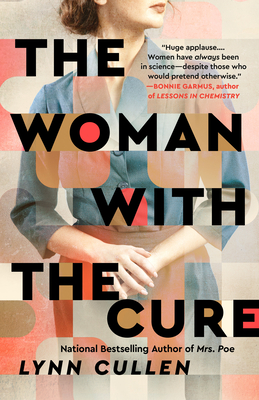
At its peak in the 1940s and 1950s, polio paralyzed or killed over half a million people worldwide every year.
The Woman with the Cure delves into the intense race to find a cure for the disease. Jonas Salk gets the credit for the polio vaccine, but there was a team of medical researchers around the globe racing to find a cure. Dorothy Horstmann was one of them. An American epidemiologist, virologist, and pediatrician and the first woman appointed as a professor at the Yale School of Medicine, her research showed how the poliovirus circulated in the body, setting the stage for the development of the vaccine.
Jonas Salk and a team of researchers at the University of Pittsburgh developed one of the first successful polio vaccines, which was finally declared to be safe and effective in 1955. Salk became an instant hero. For his work, he was awarded the Congressional Gold Medal and the Presidential Medal of Freedom.
Despite her groundbreaking work, Dr. Horstmann won no prestigious awards, nor was she credited with her life-saving vaccine. But she persisted because her primary goal was saving the lives of children.
While Dorothy’s story fascinated me, the book wasn’t without its flaws. I struggled to keep up with all the intertwined storylines, and certain parts dragged on, leaving me a bit bored. The constant emphasis on Dorothy’s height and the repetitive mentions of “Moonlight Sonata” grew tiresome.
But don’t let those minor gripes deter you. The Woman with the Cure sheds light on an important chapter in medical history and the fight for funding to combat a devastating disease. Dorothy Horstmann is a hero worth rooting for. If you’re a fan of historical fiction, especially during Women’s History Month, this book is a must-read. I’m giving it 4 stars.
** Thanks to NetGalley and the publisher for a review copy of this book. The opinions expressed are my own.